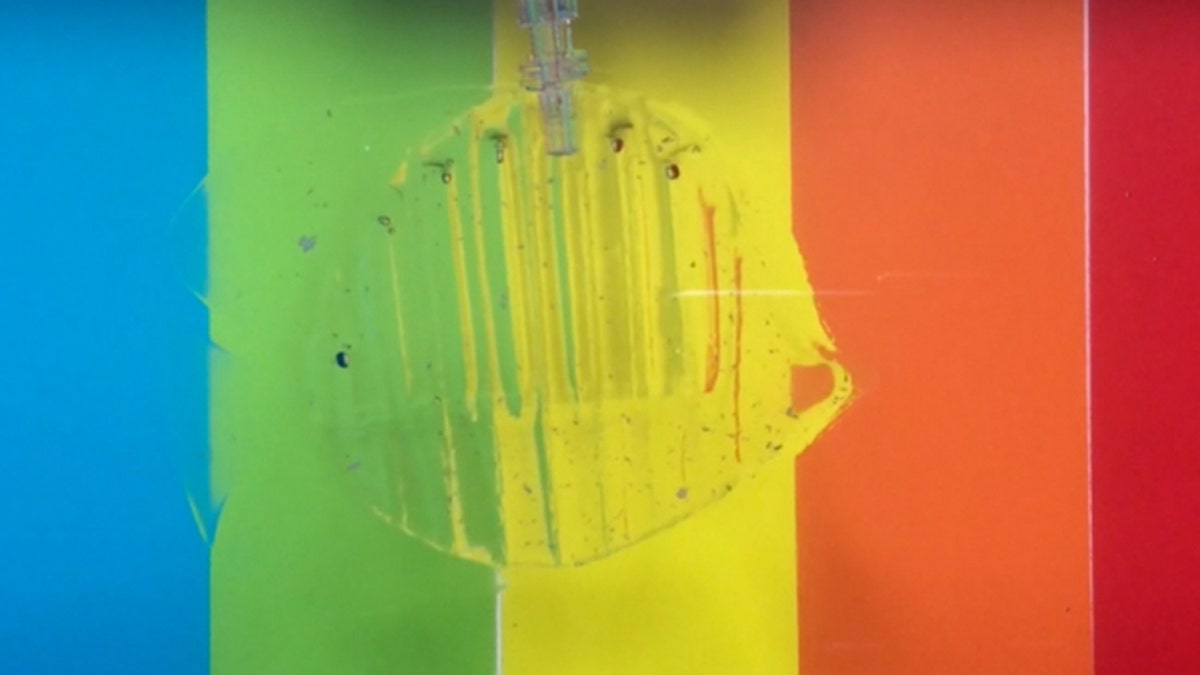
(Hyunwoo Yuk/MIT Soft Active Materials Lab)
Catching a fish can be tough even if you are just trying to net a goldfish in a small tank. That's because the fish spots the danger and makes a swim for it. But what about if you didn't need a net because instead you're controlling an invisible grabbing robot?
That's what Xuanhe Zhao, a professor of mechanical engineering at MIT succeeded in creating, but its applications go way beyond catching and releasing fish unharmed.
The robot is constructed of a transparent hydrogel which is strong and durable, but mostly made of water. As the video above explains, each arm of the robot is constructed from 3D printed hollow cubes of hydrogel which are then linked together. By injecting water using a syringe it's possible to make the arms curl and uncurl quickly in a grabbing motion.
Testing revealed that the soft grip of the hydrogel arms allowed fish to be held without harm. Durability is also high, with over 1,000 cycles of gripping and releasing showing no signs of wear on the hydrogel construction. That suggests such a robot could eventually be deployed remotely and left to catch, assess, and release ocean life over the course of many months while transmitting the data back to a lab on dry land or a nearby research vessel.
More From PCmag
The control offered combined with the fact the materials used are biocompatible, means these soft robots also have applications for surgery where they could be used to manipulate tissue or organs to varying degrees. And because they are such a simply construction, it should be possible to scale them right down to be viable in keyhole surgery, for example.
This article originally appeared on PCMag.com.
